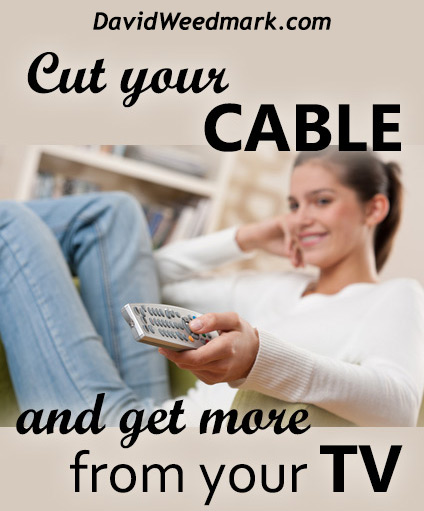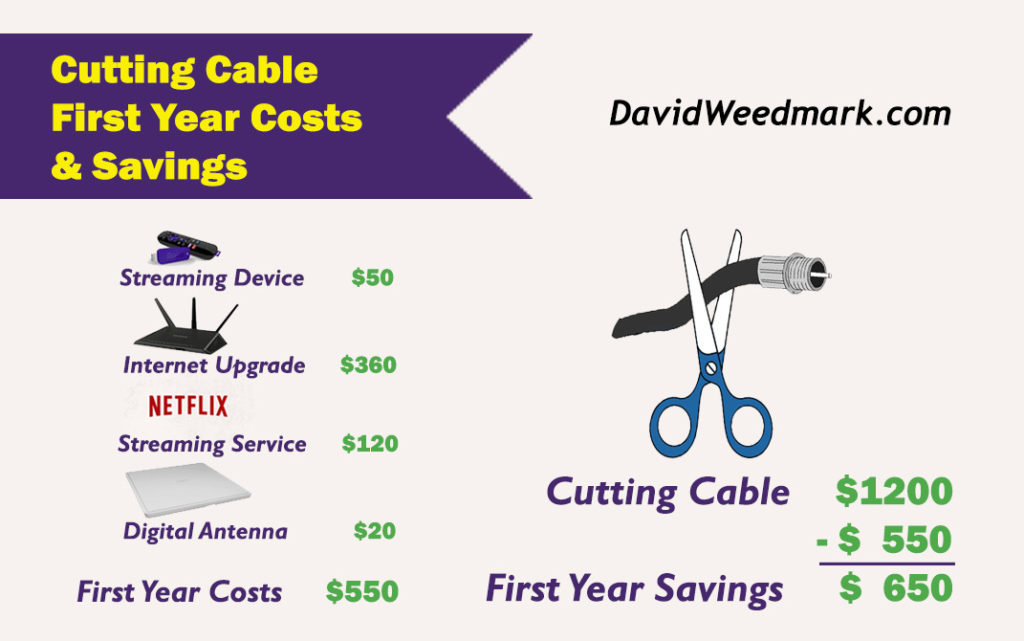A lot of research has been done on the psychology of happiness in the past fifty years. Understanding what makes most people happier in their lives is an important step to making your own life happier.
Here are 20 facts about happiness you may find surprising.
1. Your genes and family upbringing account for only half of your happiness levels.
2. Only 10 percent of your happiness comes from external circumstances.
3. Your outlook on life, and what you choose to do with your life accounts for 40 percent of your happiness levels. This includes your friendships, work, and participation in your community.
4. It gets easier as you age. A 2005 U.S. Centers for Disease Control and Prevention survey showed ages 20-24 are sad for 3.4 days per month. Those aged between 65-74 are sad only 2.3 days per month
5. A mere 20 minutes of exercise, three days each week will increase your happiness by 10 to 20 percent after six months.
6. The happier you are, the more antibodies your body generates – up to 50 percent more, in fact.
7. In the United States, the number of people with clinical depression is 3 to 10 times more common than it was for their grandparents at the same age.
8. Happy people generally earn more than unhappy people.
9. Women are unhappiest in their life around the age of 37; men around the age of 42.
10. Dancing increases happiness.
11. Sports facilities and community centres increase a community’s overall happiness.
12. Money buys happiness. Those who can afford to have their basic material needs taken care of are happier than those who cannot.
13. Money does not buy happiness. After having your basic material needs met, additional money does not have any impact on your levels of happiness.
14. People in relationships are usually happier than people who are single.
15. Happier people are more likely to retain relationships.
16. Education and intelligence do not make you more happy than anyone else.
17. Happiness has a fragrance. Clinical experiments on body odour have proved your scent changes between when you are stressed or happy
18. The more you hug your children, the happier they will be as adults.
19. The most powerful way to increase your short-term feelings of happiness is to perform random acts of kindness to others, or to send a letter of gratitude to someone you care about. Five such acts in a week will increase your happiness for up to three months.
20. The most powerful way to increase your long-term feelings of happiness is to understand your strengths and talents, or life purpose, and to work on sharing those parts of yourself with others.
Photo by Arsel Ozgurdal





